Petrol prices are on the rise again with customers now paying 10p per litre more than last year
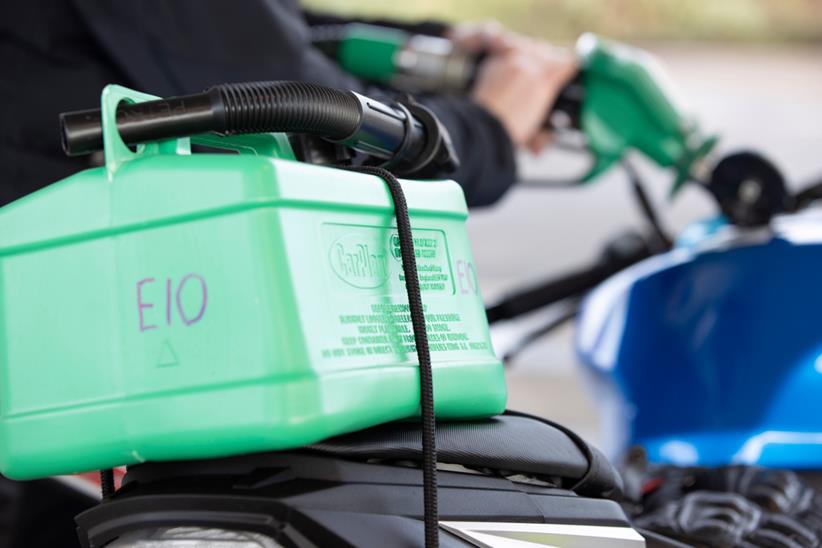
The average price of unleaded petrol at the pumps has risen by almost 10p per litre across 2024, according to the latest official figures.
As recently as January 1 this year, a litre of unleaded petrol cost an average 140.8p, according to gov.uk statistics compiled using data from two supermarkets and four petroleum companies.
Said to represent around 60 per cent of the total market volume sold, this figure has now climbed to 149.2p as of April 16 according to AA analysis of the latest Competition and Markets Authority data. And that represents the highest prices have been since November 20 last year, when the average stood at 150.5p.
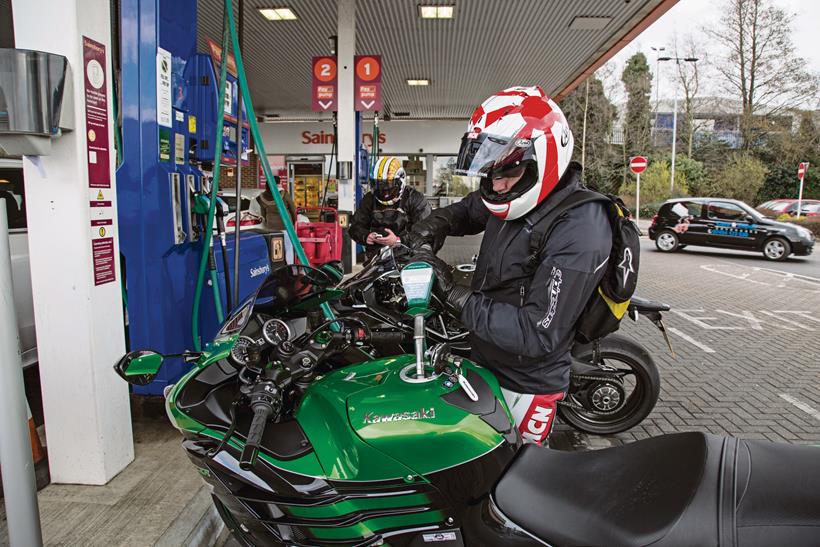
“The 10p-a-litre surge in the price of petrol since the start of the year, with more than a third coming within the past four weeks alone, is not where UK motoring consumers wanted to be,” AA spokesperson Luke Bosdet told MCN.
- Related: Petrol alternatives explored
The rise comes despite Chancellor of the Exchequer Jeremy Hunt freezing fuel duty and maintaining the 5p cut in prices at the pumps for another 12 months during the most recent Budget announcement in March 2024.
“If I did nothing, fuel duty would increase by 13 per cent this month, so instead I’ve listened to my right honourable friends,” the Chancellor said at the time.
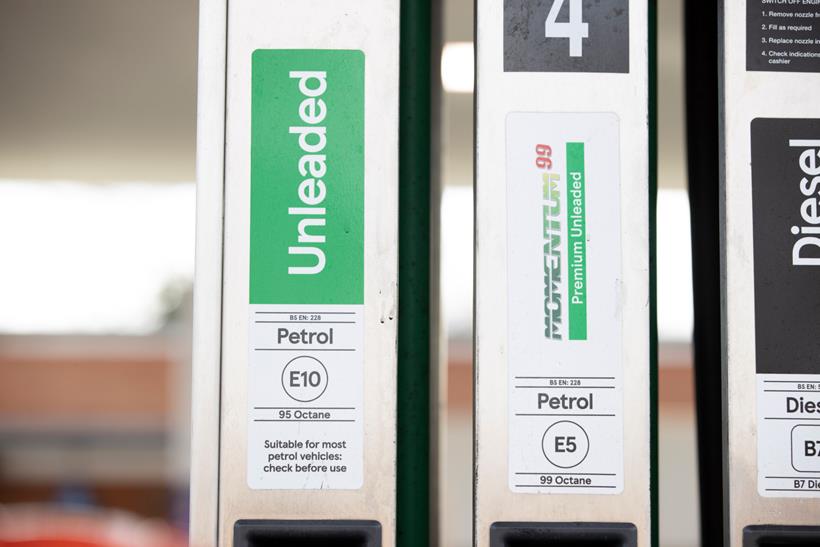
“It will also have dented the Government’s hopes for further cuts in the rate of inflation,” Bosdet continued. “In that respect, the Department for Energy Security and Net Zero’s track of weekly road fuel prices is particularly telling. Petrol prices being worse than a year ago is a blow.”
Although starting 2024 at a smidge over 140p per litre, average prices actually dropped to as low as 139.3p on January 22 (which was 8.8p less than the previous year) before climbing rapidly. Almost exactly a year ago, on April 17, 2023, the average price of petrol was 145.9p – 3.3p per litre cheaper than the latest figures.
Further AA analysis of a sample of 2910 forecourts also revealed that 693 of them (23.8 per cent) priced their petrol above 150p a litre during the early part of last week.

“Both petrol and diesel are now the most expensive they’ve been since November last year, which is bad for households, businesses and the economy, especially as we know there is a close link between fuel prices and inflation,” the RAC’s Simon Williams told MCN.
“With increased tensions in the Middle East, the cost of oil is only likely to go up, which could push petrol well above 150p a litre. While diesel is getting close to 160p, this is purely down to retailers taking much bigger margins because there’s only been a few pence between the wholesale prices of both fuels since mid-March.”
Despite the rise in price, 78 per cent of MCN readers surveyed say that they don’t believe the rising cost of fuel is impacting their riding, although some did comment that it has become a consideration when shopping for a new bike, how they ride, or the type of trips taken at the weekend.
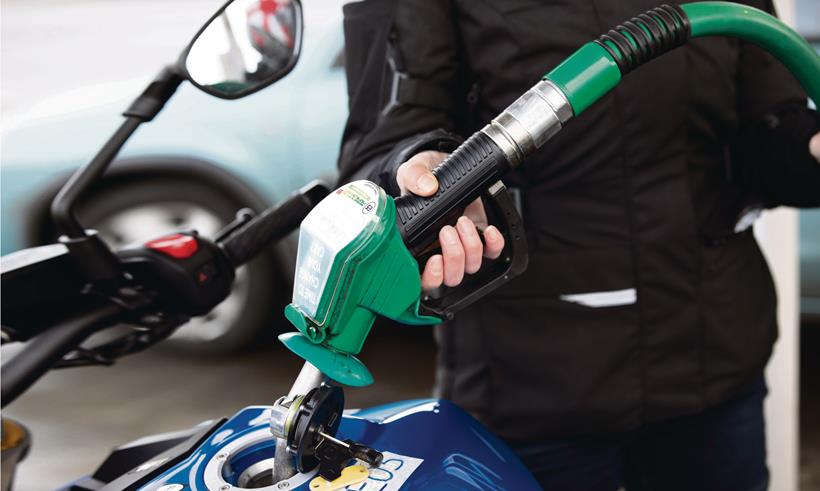
“It doesn’t help, especially when you stop a few times and want a coffee and lunch,” reader Ollie Vincent told MCN. “It all adds up and it can become a £50 rideout.”
A total of 513 riders were surveyed on our Ride5000miles Facebook page, with fellow user Barry Thompson, saying he won’t stop using his machine. “The price does very little to change my level of riding. It does, however, change where I fill up with fuel,” he said.
“Quite often there is a bit price difference between stations within close proximity.”
Expert opinion
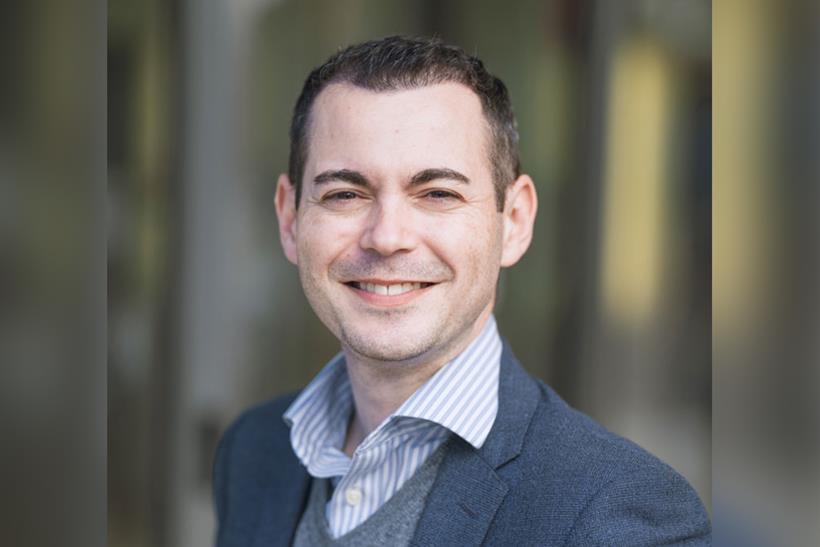
MCN spoke to Director of Policy and Standards at IAM RoadSmart Nicholas Lyes, to hear the reason for rising costs at the pumps. Here’s what he had to say:
“The research that we’ve done suggests that the cost of motoring is one of the biggest issues that our members are having to deal with,” Lyes told MCN.
“Fuel price is still a lot higher than perhaps a lot of people are comfortable with, and I think for motorcyclists – particularly if you’re a leisure motorcyclist – do have to check in and make sure you’re not potentially spending more than you need to be.”
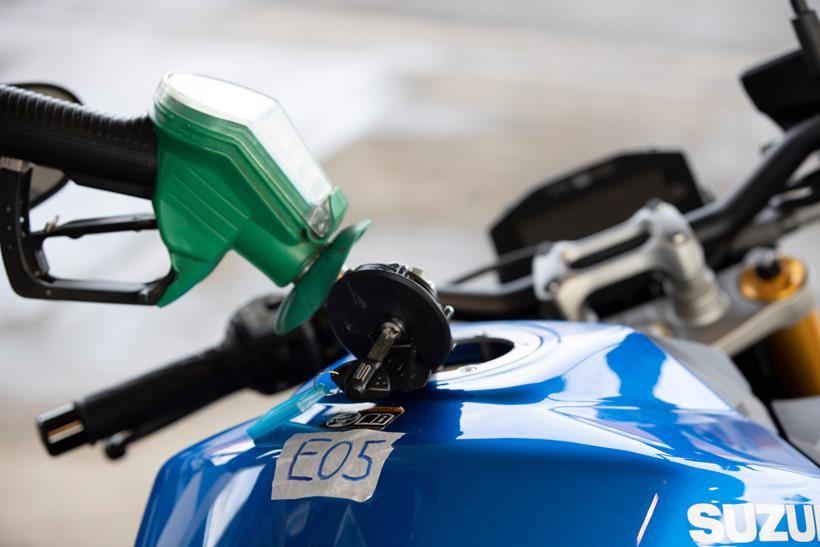
Lyes continued: “I think for people who rely on their motorcycles it’s always difficult, but I think if you’re using your vehicle for leisure purposes then you might think twice because it has just become very expensive to insure and run our vehicles.
“We’ve got rising wholesale costs at the moment. A lot of that is being driven by the tensions in the Middle East – particularly Israel and Iran. I think you’re also at the start of the driving season in America and that tends to increase demand for fuel.”
This ‘season’ is the part of the year when many in the USA use their vehicles for leisure trips, as Nicholas explains: “They go to national parks, they do road trips, and it’s a very big thing.
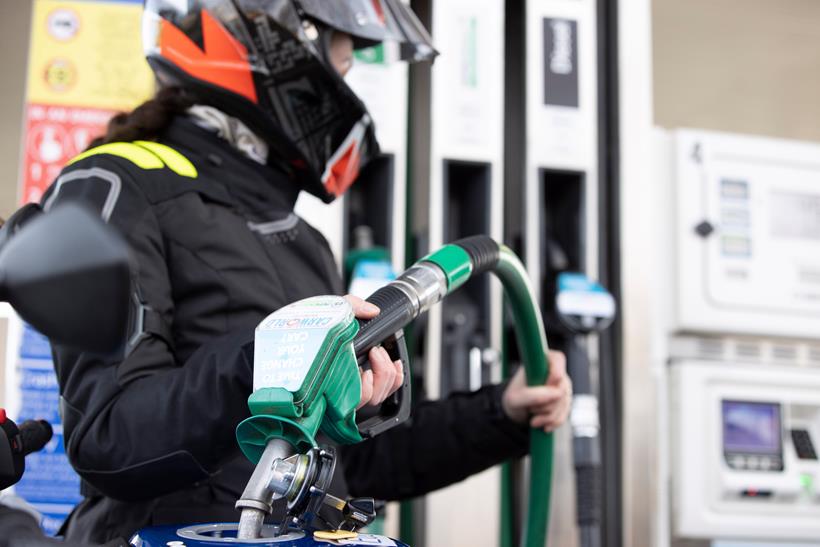
“So, you start to see more people filling their cars up and obviously in America, a lot of people do have thirsty vehicles which means that they are going to be filling up more.”
Lyes says it’s hard to predict whether prices will continue to climb, with factors including whether tensions increase in the Middle East likely to dictate any change. Equally, petroleum exporting countries could increase their supply to assist with pricing, but it all remains to be seen.
“Don’t always assume that supermarkets are the cheapest, because sometimes independent retailers have lower prices,” the IAM spokesperson added. “There was once a perception that supermarkets were cheaper, but that’s not always the case now.”









